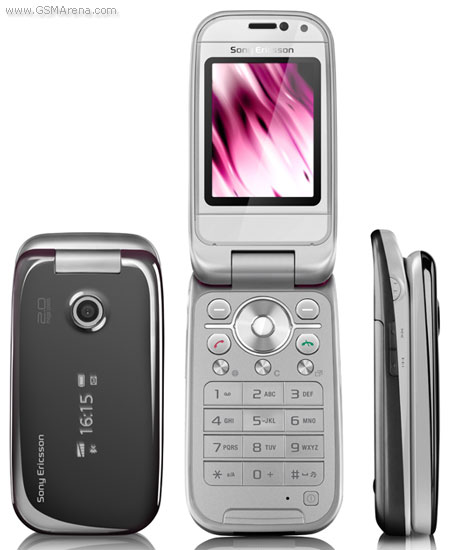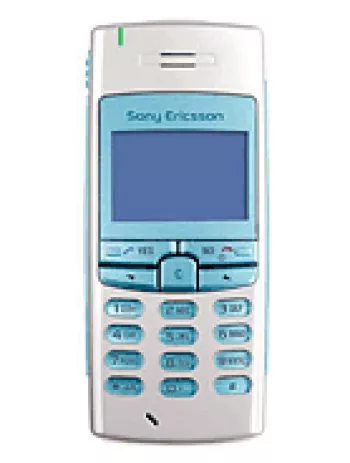Sony Ericsson Z750 Comprehensive Review and Insights

Overview of Sony Ericsson Z750
The Sony Ericsson Z750, announced in March 2007, marked a significant representation of the flip-phone era with its blend of essential features and compact design. While it is now discontinued, the Z750 was a popular choice for users seeking a reliable mobile device with practical functionalities for communication and multimedia.
Design and Build
The Z750 stands out with its clamshell design, measuring 97.4 x 49 x 20 mm and weighing 110 grams. This device was easy to handle and fit comfortably in the pocket. The use of a Mini-SIM indicates its adherence to traditional mobile standards of its time. Available in colors like Phantom Grey, Rose Pink, Mysterious Purple, and Platinum Silver, it catered to a diverse audience with varied aesthetic preferences.
Display Quality
The phone boasts a 2.2-inch TFT display with 256K colors, ensuring vibrant color representation. Its screen resolution of 240 x 320 pixels provides a satisfactory viewing experience for its size, with a pixel density of approximately 182 ppi. Despite the relatively small screen size by today's standards, it was suitable for basic multimedia and menu navigation.
Camera Capabilities
The Z750 features a 2 MP primary camera, capable of capturing basic photos and recording 320p video at 15fps. Although it lacks advanced photography features, the camera sufficed for casual photo needs. The inclusion of a videocall camera was a remarkable addition, highlighting its capability to support video calls, a feature not common in all phones of its era.
Performance and Software
As a feature phone, the Z750 operated on a straightforward operating system designed for basic tasks and general usage. It included storage options with 32MB of internal memory, expandable via Memory Stick Micro (M2) up to 2 GB, aligning with the needs of users requiring modest storage for contacts, messages, and media files. The phone also provided a phonebook with photo call features and call records storing capacities for 20 dialed, received, and missed calls each.
Battery Life
The Z750's power needs were met by a removable Li-Po 930 mAh battery (BST-33). It provided up to 400 hours of standby time on 2G networks and up to 350 hours on 3G. The talk time extended up to 9 hours on 2G and 3 hours 30 minutes on 3G, making it reliable for regular usage without frequent charging.
Connectivity Features
The phone supported GSM and HSPA network technologies, covering 2G bands from 850 to 1900 MHz and 3G bands from HSDPA 850 to 2100 MHz, enabling adequate connectivity for voice and data communication. The HSPA speed of 1.8 Mbps catered to basic internet needs of the time. Connectivity features included Bluetooth 2.0 with A2DP, USB 2.0 port, and a stereo FM radio with RDS for entertainment on the go.
Multimedia and Additional Features
For sound, the Z750 came with a loudspeaker and supported various alert types including vibration, polyphonic, MP3 ringtones, and a composer for creating own tunes. Although it lacked a 3.5mm headphone jack, options for listening to music were present. The phone supported Java applications (MIDP 2.0), allowing users to utilize several applications and games. Messaging capabilities included SMS, EMS, MMS, and email, ensuring comprehensive communication options for users.
Miscellaneous Attributes
The Z750 had a SAR value of 1.48 W/kg for the head and 1.09 W/kg for the body, with a SAR EU value of 1.04 W/kg for the head, falling within safe exposure limits. Debuting at approximately 110 EUR, it was competitively priced within its category, attracting users looking for a functional yet budget-friendly mobile phone.
Conclusion
In summary, the Sony Ericsson Z750 was tailored for users seeking a reliable and straightforward mobile phone with essential features. Although it is no longer in production, its impact during its release remains appreciated as a symbol of the transition phase between basic mobile phones and modern smartphones.
Main Features of Sony Ericsson Z750
- Supports both GSM and HSPA networks for broader connectivity options.
- Compact and lightweight design with dimensions of 97.4 x 49 x 20 mm and weighing only 110 g.
- 2.2-inch TFT display showcasing 256K colors with a resolution of 240 x 320 pixels.
- Expandable Memory Stick Micro (M2) slot supporting up to 2 GB for increased storage.
- Main camera with 2 MP resolution, and a video call camera for face-to-face communication.
- Bluetooth 2.0 with A2DP enables wireless audio streaming.
- Built-in Stereo FM radio with RDS for listening to your favorite stations.
- Comprehensive messaging options including SMS, EMS, MMS, and Email.
- Removable Li-Po 930 mAh battery with stand-by time up to 400 hours (2G) and talk time up to 9 hours (2G).
- Available in multiple colors: Phantom Grey, Rose Pink, Mysterious Purple, and Platinum Silver.
Disadvantages of Sony Ericsson Z750
- No Wi-Fi support.
- Limited internal storage of 32MB.
- Memory card support is limited to 2 GB.
- No 3.5mm headphone jack.
- No GPS positioning.
- Older Bluetooth version 2.0.
- Low video recording resolution (320p@15fps).
- Discontinued model, no longer supported.


View Also
More Phones
All Rights Reserved +13924 Phones © Mobilawy 2025

























